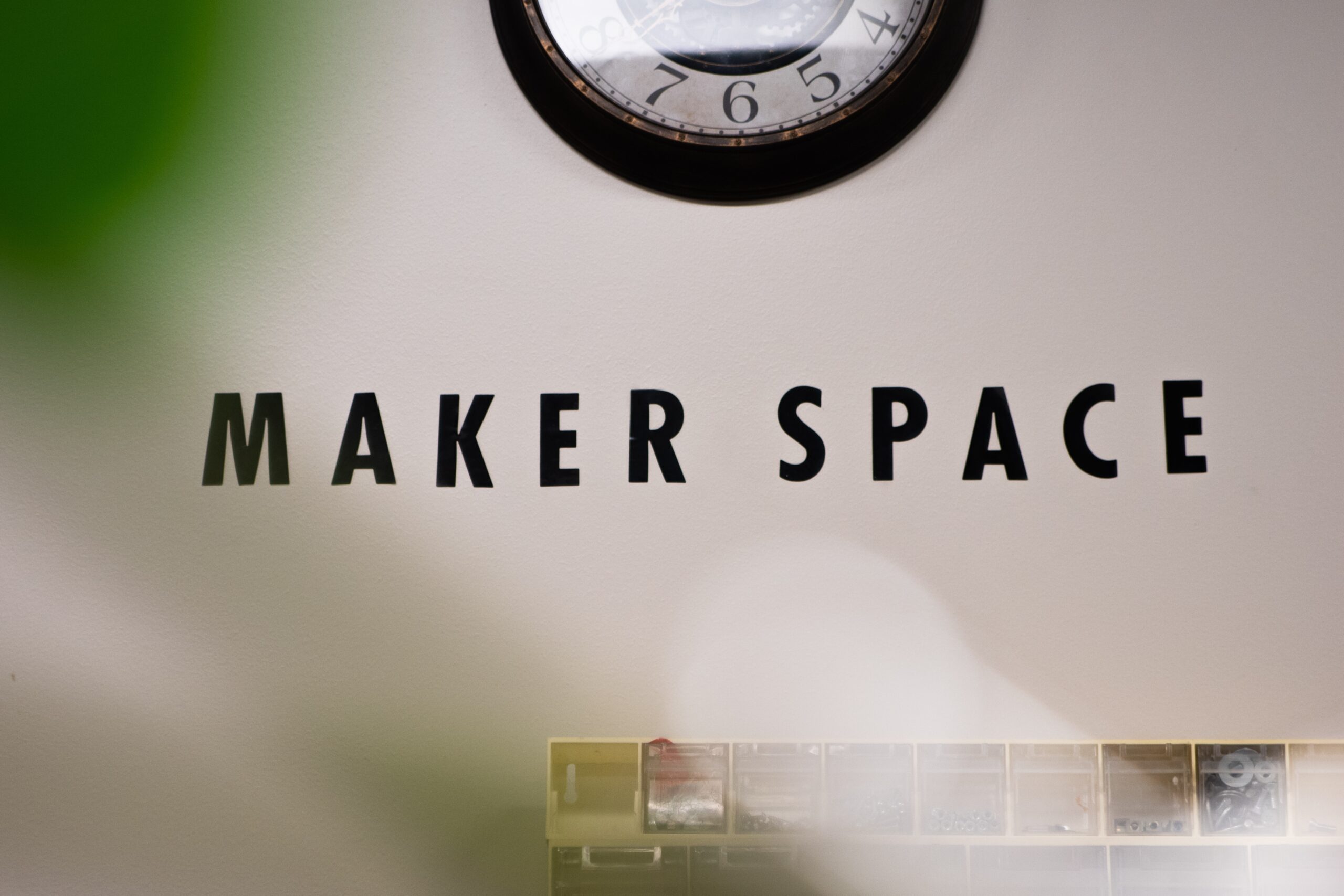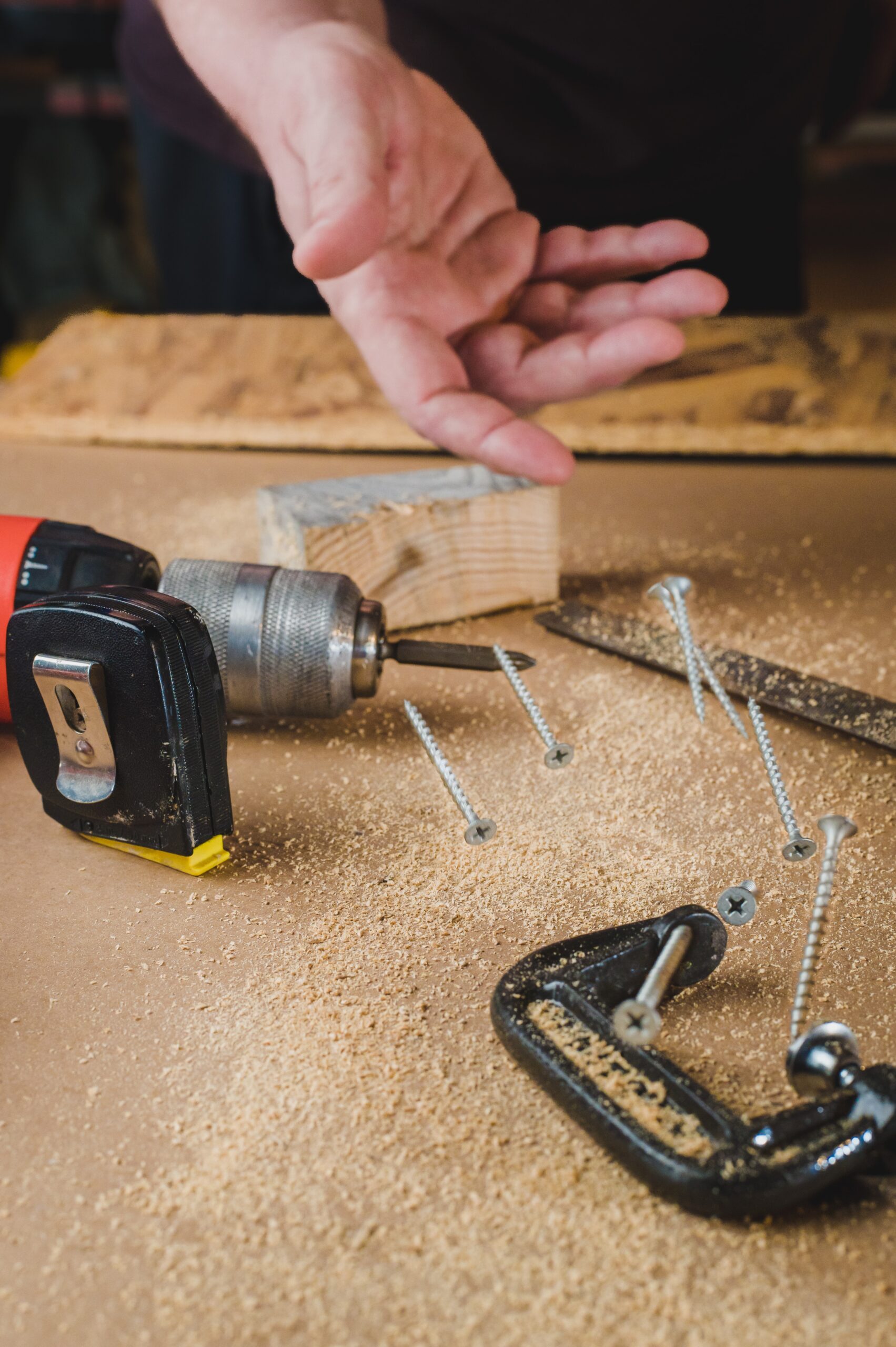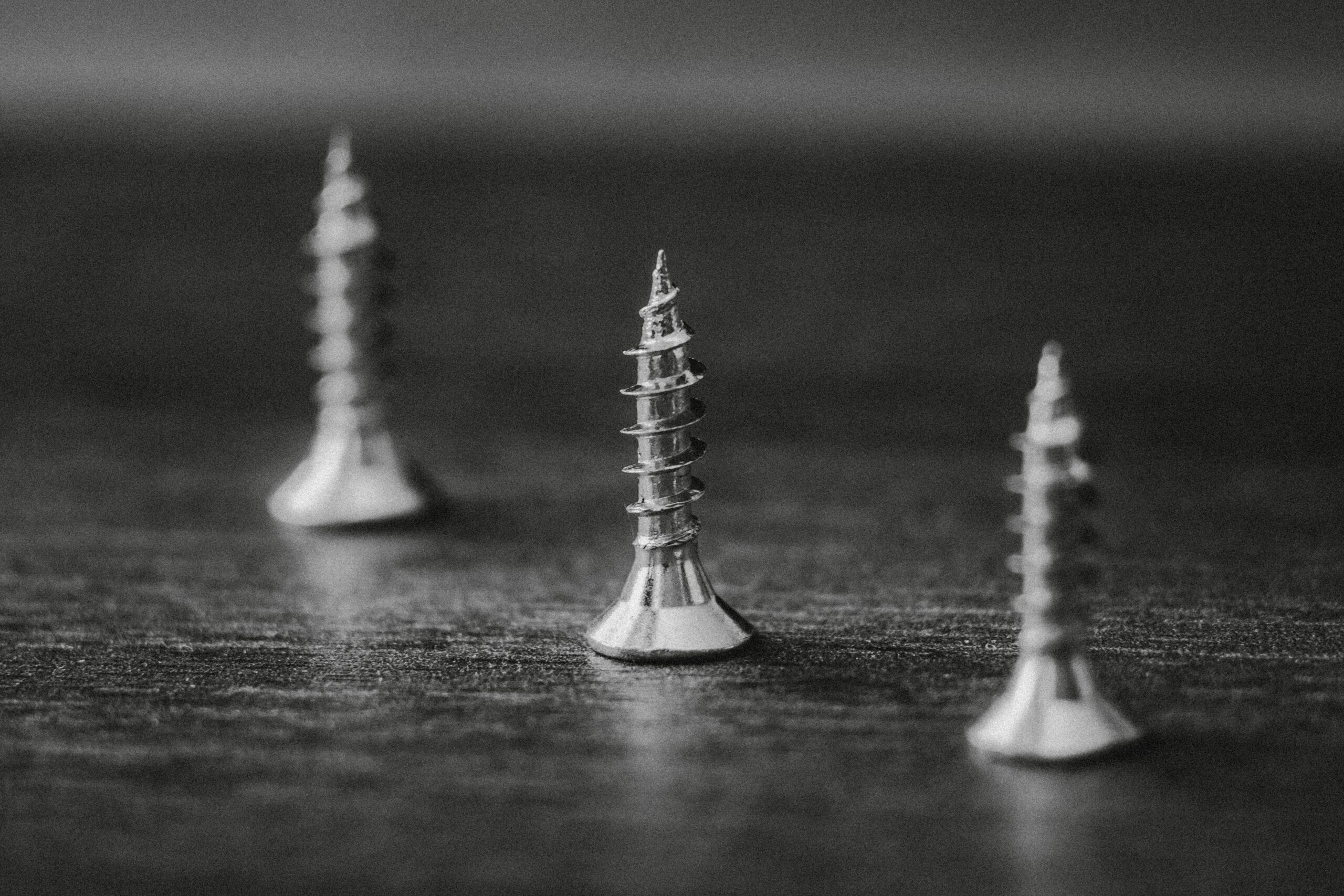
So you’re in the middle of a DIY project, trying to hang a picture frame on the wall, but suddenly you find yourself utterly confused by the myriad of options when it comes to screw sizes. Fear not, because in this article, we’re here to demystify the world of screw sizes and ensure that you’ll never leave the hardware store scratching your head again. Whether you’re a seasoned DIY enthusiast or a complete novice, we’ve got you covered with all the essential information you need to navigate the vast world of screws. Let’s jump in and unravel the mysteries of screw sizes!
Common Screw Sizes Explained
Flat Head Screw Sizes Explained
Flat head screws are one of the most commonly used types of screws. They have a flat top and a tapered bottom, allowing them to sit flush with the surface they are being screwed into. This makes them ideal for applications where a smooth and seamless finish is desired, such as furniture assembly or cabinetry work.
Round Head Screw Sizes Expained
Round head screws, as the name suggests, have a rounded top. They are versatile and can be used in a wide range of applications, both indoors and outdoors. Their rounded shape provides a larger bearing surface, which makes them suitable for applications that require a greater amount of tightening torque.
Pan Head Screw Sizes Explained
Pan head screws are similar to round head screws, but they have a slightly flatter top. This gives them a more low-profile appearance, making them popular in applications where aesthetics are important, such as electronics or automotive assembly. They are also suitable for applications where the screw head needs to sit flush or slightly below the surface.
Oval Head Screw Sizes Explained
Oval head screws have an oval-shaped top and are often used in applications where a flush finish is desired. They are commonly used in furniture assembly, as well as in woodworking projects. The oval shape of the head provides a larger surface area, which helps distribute the load and prevents the screw from pulling through the material.
Truss Head Screw Sizes Explained
Truss head screws have a flat, wide top with a low profile and a large diameter. This design provides a larger bearing surface and increases the pulling capacity of the screw. Truss head screws are commonly used in applications that require a high level of strength and stability, such as building construction or heavy machinery assembly.
Standard Measurements
Imperial System
In the United States, screws are often measured using the imperial system. The two main measurements used in this system are the gauge measurement and the length measurement. The gauge measurement refers to the thickness of the screw, with a higher gauge number indicating a thinner screw. The length measurement indicates the distance from the screw’s head to its tip.
Metric System
In most other parts of the world, screws are measured using the metric system. The main measurements used in this system are the diameter measurement, the thread pitch, and the length measurement. The diameter measurement refers to the screw’s outer diameter. The thread pitch is the distance between each thread on the screw. The length measurement indicates the overall length of the screw.
Decimal Sizes
In addition to the standard imperial and metric measurements, screws are also often measured using decimal sizes. Decimal sizes provide a more precise measurement and are commonly used in specialized applications where accuracy is crucial. These measurements are expressed as a decimal fraction of an inch or millimeter and are typically used in industries such as aerospace or electronics manufacturing.

Imperial Screw Sizes Explained
Gauge Measurement
The gauge measurement used in the imperial system represents the screw’s thickness. It is important to note that the gauge measurement does not directly correspond to the screw’s diameter. Instead, it is a standardized measurement system. The most commonly used gauge sizes for screws range from 2 to 24, with 2 being the thickest and 24 being the thinnest. As the gauge number increases, the screw’s thickness decreases.
Threads per Inch
The threads per inch measurement, commonly abbreviated as TPI, refers to the number of threads within an inch of the screw. This measurement is crucial as it determines the pitch of the screw and how tightly it will fit within a threaded hole or nut. The higher the TPI, the finer the thread and the slower the screw will be to drive in.
Length Measurement
The length measurement in the imperial system indicates the distance from the screw’s head to its tip. Screw lengths can vary from fractions of an inch to several inches or more. It is important to choose the appropriate length to ensure the screw securely fastens the materials together without penetrating too far and causing damage or not fastening properly.
Metric Screw Sizes Explained
Diameter Measurement
In the metric system, the diameter of a screw is measured in millimeters. The measurement is taken across the widest part of the screw’s threaded shaft, known as the major diameter. Standard metric screw diameters can range from 1 mm to 20 mm or more, with smaller screws having finer threads and larger screws having coarser threads.
Thread Pitch
The thread pitch in the metric system refers to the distance between each thread on the screw. It is measured in millimeters and is crucial for determining how tightly the screw will fit within a threaded hole or nut. A higher thread pitch indicates a coarser thread, meaning the threads are further apart, while a lower thread pitch indicates a finer thread, with the threads closer together.
Length Measurement
Similar to the imperial system, the length measurement in the metric system indicates the overall length of the screw. It is crucial to select the appropriate length to ensure the screw properly fastens the materials together without causing damage or not securing them tightly enough. Metric screw lengths can range from a few millimeters to several centimeters or more.

Thread Types and Designations
Coarse Thread
Coarse threads are characterized by larger thread depths and a greater distance between the threads. They are commonly used in applications where quick assembly is necessary, such as furniture assembly or general construction. Coarse threads provide a stronger grip and allow for faster insertion and removal of the screw.
Fine Thread
Fine threads have smaller thread depths and a smaller distance between the threads. They are often used in applications where a higher level of precision and torque is required, such as machinery or equipment assembly. Fine threads provide better resistance to vibrations and are less likely to loosen over time.
Self-Tapping Thread
Self-tapping threads have sharp, cutting edges that allow them to tap their own mating threads as they are driven into a material. They are commonly used in applications where there is no pre-existing threaded hole or nut. Self-tapping screws are frequently used in metal, plastic, or wood applications where they create their own threads, eliminating the need for additional nuts or inserts.
Wood Screw Thread Sizes Explained
Wood screw threads are specifically designed for use in wood applications. They have a unique thread shape that allows them to dig into the wood, providing a secure hold. Wood screw threads have a higher thread pitch than other threads to allow for efficient insertion and tightening in softer materials like wood.
Head Types and Applications
Flat Head
Flat head screws have a flat top and are commonly used in applications where the screw head needs to sit flush with the surface. They are ideal for projects that require a smooth, seamless finish, such as furniture assembly or cabinetry work. The flat head allows for easy countersinking, ensuring a neat and professional appearance.
Round Head
Round head screws have a rounded top and are versatile, making them suitable for a wide range of applications. Their rounded shape provides a larger bearing surface, which ensures greater stability when tightened. Round head screws are commonly used in both indoor and outdoor projects where a strong hold is required.
Pan Head
Pan head screws have a slightly flatter top than round head screws. They are popular in applications where aesthetics are important, as the low-profile design provides a more streamlined appearance. Pan head screws are often used in electronics or automotive assembly, where the screw head needs to sit flush or slightly below the surface.
Oval Head
Oval head screws have an oval-shaped top and are commonly used in woodworking projects and furniture assembly. The oval shape provides a larger surface area, distributing the load and preventing the screw from pulling through the material. Oval head screws are ideal for applications that require a secure and flush finish.
Truss Head
Truss head screws have a flat, wide top with a low profile and a large diameter. This design provides a larger bearing surface and increases the pulling capacity of the screw. Truss head screws are commonly used in applications that require a high level of strength and stability, such as building construction or heavy machinery assembly. They offer excellent support and prevent material from pulling apart.

Materials and Finishes
Steel Screw Sizes Explained
Steel screws are one of the most common types of screws available. They are highly versatile and suitable for a wide range of applications. Steel screws are known for their strength and durability, making them a popular choice for demanding projects. They can be used in both indoor and outdoor applications, but they may be susceptible to rust in humid or corrosive environments.
Stainless Steel Screw Sizes Explained
Stainless steel screws are highly resistant to corrosion and rust. They maintain their strength and appearance even in harsh or wet environments, making them an excellent choice for outdoor applications or projects exposed to moisture. Stainless steel screws are often used in marine, plumbing, or food industry applications where hygiene and durability are crucial.
Brass Screw Sizes Explained
Brass screws are known for their corrosion resistance and decorative appearance. They are commonly used in applications where aesthetics play a significant role, such as furniture restoration or decorative hardware. Brass screws are also an excellent choice for applications where electrical conductivity is required, such as in electrical wiring or grounding.
Aluminum Screw Sizes Explained
Aluminum screws are lightweight and corrosion-resistant. They are often used in applications where weight is a concern, such as in aerospace or automotive industries. Aluminum screws are also suitable for outdoor applications as they provide good resistance to corrosion. However, they are not as strong as steel screws and may be more prone to stripping or breaking under heavy loads.
Zinc-Plated Screw Sizes Explained
Zinc-plated screws are steel screws that have been coated with a thin layer of zinc. This coating provides increased resistance to corrosion and rust. Zinc-plated screws are commonly used in indoor or non-exposed applications where moderate corrosion protection is required. They are an affordable option that offers good durability and ease of use.
Galvanized Screw Sizes Explained
Galvanized screws undergo a hot-dip galvanization process, where they are coated with a layer of zinc. This coating provides excellent corrosion resistance, making galvanized screws ideal for outdoor applications exposed to moisture or harsh conditions. Galvanized screws are commonly used in construction, fencing, or outdoor decking projects where long-lasting durability is essential.
Specialty Screw Types
Machine Screw Sizes Explained
Machine screws are specifically designed to be used with pre-tapped internal threaded holes or nuts. They have uniform threads and are available in a variety of head styles. Machine screws are commonly used in machinery assembly, electronics, or automotive applications where precise fastening is required. They offer a secure and reliable connection.
Sheet Metal Screw Sizes Explained
Sheet metal screws, also known as self-tapping screws, are designed to securely fasten metal sheets together. They have sharp threads that cut into the metal as they are driven in, creating their own threads. Sheet metal screws are commonly used in HVAC installations, roofing, or vehicle bodywork where metal sheets need to be joined.
Wood Screw Sizes Explained
Wood screws are specifically designed for use in wood applications. They have coarse threads that allow them to dig into the wood, providing a secure hold. Wood screws come in a variety of head styles and are commonly used in woodworking projects, furniture assembly, or general carpentry. They provide stability and prevent wood from splitting.
Drywall Screw Sizes Explained
Drywall screws are designed for attaching drywall to wood or metal studs. They have sharp points that allow for easy penetration into the drywall without the need for pre-drilling. Drywall screws have coarse threads that hold the drywall securely in place. They are commonly used in construction or remodeling projects where drywall installation is required.
Deck Screw Sizes Explained
Deck screws are specifically designed for outdoor deck construction. They have corrosion-resistant coatings, such as galvanization or stainless steel, to provide long-lasting durability. Deck screws have specialized thread designs that ensure a secure hold in various decking materials. They are commonly used in building or renovating decks where resistance to weather and moisture is crucial.
Choosing the Right Screw
Identifying the Application
To choose the right screw, it is important to first identify the specific application and its requirements. Consider factors such as the materials being fastened, the load-bearing capacity needed, and any environmental conditions the screw will be exposed to. Different applications may require different types, sizes, and materials of screws to ensure a secure and reliable connection.
Selecting the Material
The material of the screw should be selected based on the specific needs of the application. Consider factors such as corrosion resistance, strength, and appearance. Steel screws are versatile and commonly used, but stainless steel is better suited for outdoor or moisture-prone applications. Brass screws offer decorative appeal and electrical conductivity, while aluminum screws are lightweight but not as strong as steel.
Understanding the Screw Size
Understanding the screw size is crucial for ensuring a proper fit and secure fastening. Consider the measurements discussed earlier, such as the gauge, length, diameter, and thread pitch. Refer to the specifications provided by the manufacturer or consult a screw size chart to determine the appropriate size for the application. It is important to choose a screw that matches the material thickness and provides a secure hold without damaging the materials.
Tips for Working with Screws
Using the Correct Screwdriver
Using the correct screwdriver is essential for preventing damage to the screw and ensuring a secure fastening. Match the screwhead type to the corresponding screwdriver, such as a flathead screwdriver for flat head screws or a Phillips-head screwdriver for round head screws. Using the wrong screwdriver can result in stripping the screw or damaging the screw head, making it difficult to tighten or remove.
Pre-Drilling Holes
In certain materials, such as hardwood or plastics, pre-drilling holes is necessary to prevent splitting or cracking. Use a drill bit with a diameter slightly smaller than the screw’s minor diameter to create pilot holes. This allows the screw to enter the material smoothly and reduces the risk of damaging the screw or the material.
Avoiding Over-Tightening
Over-tightening screws can lead to stripped threads, damaged material, or weakened fastenings. Use a torque wrench or a screwdriver with a clutch mechanism to prevent over-tightening. Follow the manufacturer’s recommendations for the appropriate torque or tightening specifications. If a screw feels difficult to turn, stop and check to avoid causing any damage.
Proper Alignment
Ensure proper alignment of the screw and the materials being fastened. Misalignment can result in crooked or uneven fastenings. Use a level or a straight edge to ensure the screw is perpendicular to the surface being fastened. Proper alignment ensures a secure and professional-looking finish.
By understanding the different types, sizes, and materials of screws, you can confidently choose the right screw for your specific application. Whether you are building furniture, repairing electronics, or constructing a deck, selecting the appropriate screw will ensure a secure and reliable connection. Remember to consider the materials, the screw size, and the application requirements to achieve the best results. With these tips and knowledge in your toolbox, you’ll be ready to tackle any project that comes your way.





